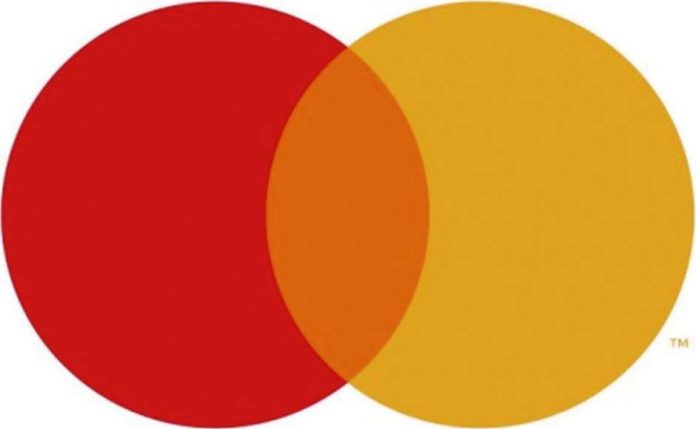Mastercard is changing its logo. The interlocking red and yellow circles are here to stay, but Mastercard’s rebrand is missing something big: its name.
Raja Rajamannar, the company’s chief marketing and communications officer, told the Wall Street Journal that Mastercard conducted nearly two years of research to make sure people could identify its wordless logo. “Reinvention in the digital age calls for modern simplicity,” Rajamannar said in a statement announcing the change. “And with more than 80 percent of people spontaneously recognizing the Mastercard Symbol without the word ‘mastercard,’ we felt ready to take this next step into our brand evolution.”
Mastercard’s new, wordless logo isn’t just an attempt to convey that the company has become so ubiquitous that consumers recognize its branding even when its name is missing — it also suggests that the company is increasingly shifting its branding strategy in preparation for a post-credit card world where other forms of digital payment will reign supreme.
By changing its logo, Mastercard is attempting to align itself with other iconic brands that are so well-known they don’t need to be identified by words. “Mastercard has had the great fortune of being represented by two interlocking circles, one red, one yellow, since its founding in 1977,” Michael Beirut, a partner at the design firm Pentagram, which designed the new logo, said in a statement. “Now, by allowing this symbol to shine on its own, Mastercard enters an elite cadre of brands that are represented not by name, but by symbol: an apple, a target, a swoosh.”
But Apple and Target’s logos also happen to be their names. Zab Johnson, the executive director and senior fellow at the Wharton Neuroscience Initiative at the Wharton School, told me that the Mastercard logo may be too abstract for consumers to instinctively know what it represents.
“I would trust that they’ve done their research, but they’re relying heavily on the idea that people will have those associations just with the color and the simple shapes,” Johnson said. “I think that’s a little easier for logos to do when they’re less abstract, like Apple and Target, and even with Nike because the shape of it is so unique. We don’t really encounter a swoosh like that in any other context, but we do encounter a lot of circles — a lot of colored, slightly overlapping circles.”
And, Johnson noted, Mastercard’s rebrand is about more than a desire for a new logo. “Mastercard is using the word drop for something totally different — they’re trying to move away from the card aspect towards a more virtual financial space, where cards might not be the wave of the future,” she said. The company is, in effect, trying to drop the “card” from its name without actually changing its name.
Mastercard isn’t the first company to drop the name from its logo in order to convey a shifting business strategy.
Starbucks famously dropped its name from its logo in 2011, briefly angering fans in the process. The rebrand was about more than giving Starbucks cups a sleeker look — it was about expanding beyond the coffee business too. “Even though we have always been, and always will be, a coffee company and retailer, it’s possible we’ll have other products with our name and no coffee in it,” Starbucks CEO Howard Schultz said at the time.
In an interview with the Wall Street Journal, Beirut said the new Mastercard logo not only suggests that the company is about more than just credit cards, but also looks better on small digital devices. “You’re trying to optimize for a very small piece of real estate on a very small piece of glass,” he said. “It might not even be a mobile phone, it might be a watch face. Having to work in a 10-letter name in that is kind of a monster.”
The new Mastercard logo is, according to Beirut, easier to read on phones or digital watches. It’s also indicative of a world where people aren’t just using their phones or watches to check their credit card balances, but to pay for goods and services too.
































